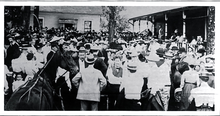
Communitarianism is a philosophy that emphasizes the connection between the individual and the community. Its overriding philosophy is based upon the belief that a person's social identity and personality are largely molded by community relationships, with a smaller degree of development being placed on individualism. Although the community might be a family, communitarianism usually is understood, in the wider, philosophical sense, as a collection of interactions, among a community of people in a given place, or among a community who share an interest or who share a history. Communitarianism usually opposes extreme individualism and rejects extreme laissez-faire policies that deprioritize the stability of the overall community.

The United Society of Believers in Christ's Second Appearing, more commonly known as the Shakers, are a millenarian restorationist Christian sect founded c. 1747 in England and then organized in the United States in the 1780s. They were initially known as "Shaking Quakers" because of their ecstatic behavior during worship services. Espousing egalitarian ideals, women took on spiritual leadership roles alongside men, including founding leaders such as Jane Wardley, Ann Lee, and Lucy Wright. The Shakers emigrated from England and settled in Revolutionary colonial America, with an initial settlement at Watervliet, New York, in 1774. They practice a celibate and communal utopian lifestyle, pacifism, uniform charismatic worship, and their model of equality of the sexes, which they institutionalized in their society in the 1780s. They are also known for their simple living, architecture, technological innovation, music, and furniture.

Lisbon is a village in and the county seat of Columbiana County, Ohio, United States, along the Little Beaver Creek. The population was 2,597 at the 2020 census. It is a part of the Salem micropolitan area, about 23 miles (37 km) southwest of Youngstown.

Charles Grandison Finney was an American Presbyterian minister and leader in the Second Great Awakening in the United States. He has been called the "Father of Old Revivalism." Finney rejected much of traditional Reformed theology, teaching that people have complete free will to choose salvation.

The Latter Day Saint movement is the collection of independent church groups that trace their origins to a Christian Restorationist movement founded by Joseph Smith in the late 1820s.

An intentional community is a voluntary residential community which is designed to have a high degree of social cohesion and teamwork. The members of an intentional community typically hold a common social, political, religious, or spiritual vision, and typically share responsibilities and property. This way of life is sometimes characterized as an "alternative lifestyle". Intentional communities can be seen as social experiments or communal experiments. The multitude of intentional communities includes collective households, cohousing communities, coliving, ecovillages, monasteries, survivalist retreats, kibbutzim, hutterites, ashrams, and housing cooperatives.
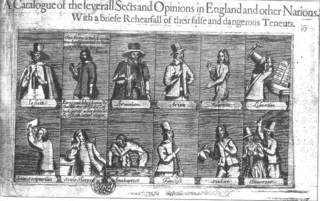
English Dissenters or English Separatists were Protestants who separated from the Church of England in the 17th and 18th centuries.
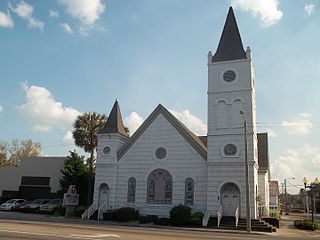
The black church is the faith and body of Christian congregations and denominations in the United States that minister predominantly to African Americans, as well as their collective traditions and members. The term "black church" can also refer to individual congregations.

The "I AM" Activity Movement is the original ascended master teachings religious movement founded in the early 1930s by Guy Ballard (1878–1939) and his wife Edna Anne Wheeler Ballard (1886–1971) in Chicago, Illinois. It is an offshoot of theosophy and a major precursor of several New Age religions including the Church Universal and Triumphant. The movement had up to a million followers in 1938 and is still active today on a smaller scale. According to the official website of the parent organization, the Saint Germain Foundation, its worldwide headquarters is located in Schaumburg, Illinois, and there are approximately 300 local groups worldwide under several variations of the names "I AM" Sanctuary, "I AM" Temple, and other similar titles. As of 2007, the organization states that its purpose is "spiritual, educational and practical", and that no admission fee is charged for their activities. The term "I AM" is a reference to the ancient Sanskrit mantra So Ham and the divine biblical name "I Am that I Am".

Religion of black Americans refers to the religious and spiritual practices of African Americans. Historians generally agree that the religious life of black Americans "forms the foundation of their community life". Before 1775 there was scattered evidence of organized religion among black people in the Thirteen Colonies. The Methodist and Baptist churches became much more active in the 1780s. Their growth was quite rapid for the next 150 years, until their membership included the majority of black Americans.

Jonathan Blanchard was an American pastor, educator, social reformer, and abolitionist. Born in Vermont, Blanchard attended Middlebury College before accepting a teaching position in New York. In 1834, he left to study at Andover Theological Seminary, but departed in 1836 after the college rejected agents from the American Anti-Slavery Society. Blanchard joined the group as one of Theodore Dwight Weld's "seventy" and preached in favor of abolition in southern Pennsylvania.
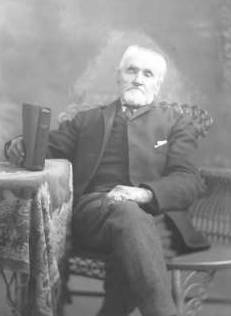
William Bickerton was a leader in the Latter Day Saint movement after the 1844 succession crisis. In 1862, Bickerton became the founding president of the church now known as The Church of Jesus Christ (Bickertonite), which is one of many churches that claim to be a continuation of the Church of Christ founded by Joseph Smith in 1830.
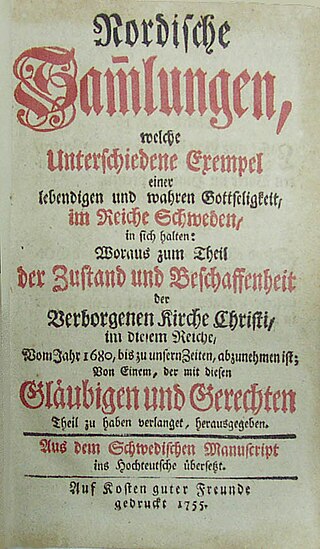
Radical Pietism are those Christian churches who decided to break with denominational Lutheranism in order to emphasize certain teachings regarding holy living. Radical Pietists contrast with Church Pietists, who chose to remain within their Lutheran denominational settings. Radical Pietists distinguish between true and false Christianity and hold that the latter is represented by established churches. They separated from established churches to form their own Christian denominations.

Christianity is the predominant religion in the Democratic Republic of the Congo, with Catholicism and Protestantism being its main denominations. As of 2018, the US State Department reported that roughly 96% of the population are members of Christian denominations, with the remaining less than 5% following other non-Christian religions.
The Church of Jesus Christ (Bickertonite) is part of the Latter Day Saint movement. When Joseph Smith, the founder of the movement, died there was a dispute regarding who should lead the church as his successor. The Quorum of the Twelve, led by Brigham Young, argued that they should have the right to lead the church while one of the church leaders, Sidney Rigdon, argued that he should act as protector of the church until a permanent leader was chosen. Those who followed Rigdon formed the "Church of Christ" with its center being Pittsburgh, Pennsylvania. After an attempt to start a communitarian society, Church of Christ broke apart by 1847. William Bickerton associated himself for two years with the Church of Jesus Christ of Latter-day Saints and later left them behind refusing to accept some of their beliefs, including polygamy. In the 1850s Bickerton's preaching led to the formation of a new church in Eastern Pennsylvania. Over the following years Bickerton's church faced two schisms related to doctrinal issues. Its current official name, The Church of Jesus Christ, was adopted by 1941.
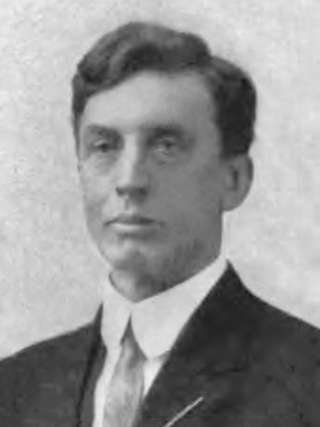
Charles Burleigh Galbreath was a writer, historian, educator, and librarian in Ohio. He was appointed as State Librarian at the State Library of Ohio from 1896–1911 and 1915-1918. He was the Secretary and Librarian at the Ohio Archaeological and Historical Society from 1920-1934.

Jacob L. Beilhart was the founder and leader of a communitarian group known as the Spirit Fruit Society. Beilhart believed that jealousy, materialism, and the fear of losing another's love were at the root of much of the illness in the world. Under his direction, the Spirit Fruit Society sought to model and practice those beliefs.
Wooster Lake is a lake in Lake County, Illinois, United States. It is located near Illinois Route 134 and Wilson Road, predominantly in unincorporated Ingleside, northeast of the Village of Volo, northwest of the Village of Round Lake, and southeast of the Village of Fox Lake.
The Kauffman Amish Mennonites, also called Sleeping Preacher Churches or Tampico Amish Mennonite Churches, are a plain, car-driving branch of the Amish Mennonites whose tradition goes back to John D. Kauffman (1847–1913) who preached while being in a state of trance and who was seen as a "sleeping preacher". In 2017 the Kauffman Amish Mennonites had some 2,000 baptized members and lived mainly in Missouri and Arkansas. In contrast to other Amish Mennonites they have retained their identity over the last hundred years and also largely the Pennsylvania German language and other Amish Mennonite traditions from the late 1800s.

